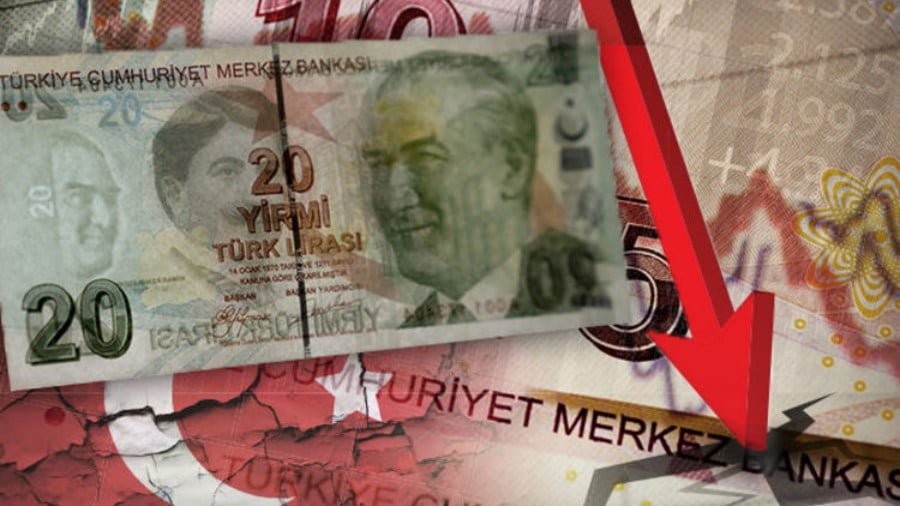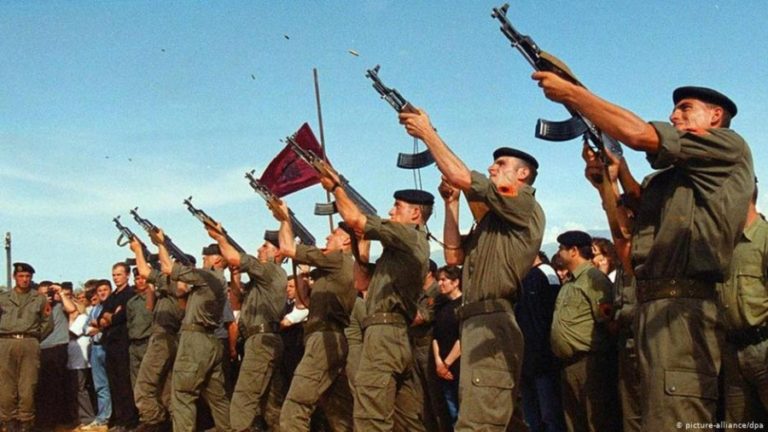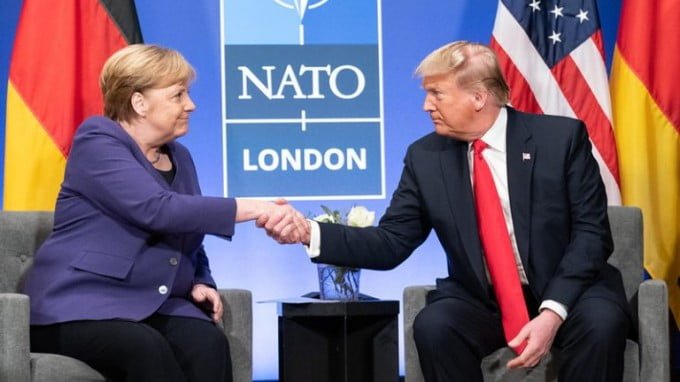Tajikistan and Islamic State: Threat or Bogeyman?
Perhaps the greatest existential threat facing Tajikistan is posed by the Islamic State militant group, according to the government narrative. Or maybe not, some officials suggest.
For the past few years, authorities in Tajikistan have presented a murky, muddled and contradictory public message — on the one hand warning of a clear and present danger of religious extremism, while also claiming that they are containing the challenge.
In January, a top security official told reporters that the number of Tajik citizens joining the ranks of Islamic State in 2016 had dwindled to only a few dozen. But at least one recent report has dampened the optimism behind Tajik officials’ statements. According to research by the International Centre for Counter-Terrorism, based in The Hague, an alarming number of Tajiks over the past year have carried out suicide missions in Syria and Iraq.
Based on data covering December 2015 through November 2016, the think tank said that of the 186 foreign citizens known to have embarked on suicide missions, easily the largest subgroup — 28 — comprised citizens of Tajikistan.
“Over the twelve months in question, significantly more Tajiks died in [Vehicle-Borne Improvised Explosive Device] and inghimas [suicide fighter] operations in Syria and Iraq than any other foreign national [group]. This figure is even more striking when considered on a per capita basis, and suggests that Tajiks were being singled out for use in suicide attacks at least in part because of their nationality,” the report said.
“While a similar phenomenon appears to be the case with the other top-scoring states, the disproportionality of Tajikistan is strange indeed,” the report added.
Sporadic reports also hint at a possible new trend for those joining militant groups. Given the significant setbacks endured recently by Islamic State in Syria and Iraq, new Tajik recruits appear to be turning their attention to nearby Afghanistan.
Earlier this month, a group of five people from Tajikistan’s Khatlon region — a couple with three children — were reportedly detained in Iran, in a location along the Afghan border, as they tried to make their way to an Islamic State outpost. RFE/RL’s Tajik service, Radio Ozodi, reported that the family had traveled to Russia around six months ago and then moved onward to Turkey, from where they traveled to Iran’s Zahidan region.
Ozodi noted that the family had fallen under the sway of a militant originally from the town of Nurek in southern Tajikistan. During a visit to Nurek in April 2016, President Emomali Rahmon lamented that the shortcomings of area officials had contributed to an increase in recruitment of locals by radical groups. Security officials contend that Anushervon Azimov, a native of Nurek, recruited “hundreds” of Tajiks to Islamic State before he was killed in Syria last year.
Another recent example of the apparent shift toward Afghanistan involves the case of 29-year-old Muhammad Hodjayev, who was recently made the subject of a criminal investigation by the General Prosecutor’s Office in Dushanbe. Radio Ozodi has reported that investigators believe Hodjayev, a Tajik citizen, almost successfully made his way to Afghanistan through Iran’s Zahidan region.
Whether such isolated instances represent a systematic shift, however, cannot be determined definitively at this time.
“With the difficulties and setbacks in Syria, it does seem that we will see more Tajik citizens going to Afghanistan [via Russia]. But I don’t think they will be a game changer. More likely they will be cannon fodder,” Edward Lemon, a Tajikistan specialist who has closely studied the phenomenon of recruitment by radical militant groups, told EurasiaNet.org.
Sporadic and muddled information provided by the Tajik government complicates the ability of independent analysts to assess the situation.
On January 20, Interior Minister Ramazon Rahimzoda stated during a news conference that around 41 Tajiks had joined Islamic State in 2016. He also endorsed the notion that radicalized Tajiks are increasingly turning to Afghanistan as a destination where to join militant groups, but he declined to provide an estimate on the scale of the phenomenon. “I didn’t go to Afghanistan and count them,” he told reporters.
While the number of Tajiks joining militant groups in Afghanistan might be in the dozens, Rahimzoda warned that upwards of 15,000 militants had massed near the Afghan-Tajik border. https://news.tj/en/news/tajikistan/security/20170120/235773
General Prosecutor Yusuf Rahmon said at a news conference in February that Tajik authorities had over the past year blocked more than 2,000 websites with allegedly radical content. Rahmon said another 4,200 videos “of a terrorist nature” had been deleted from the Internet at the behest of Tajik authorities.
For the first time at such an event, Rahmon did not address the issue of how many Tajiks are now believed by the government to be fighting in Syria or elsewhere. That omission prompted local media outlets to speculate that this information had been classified.
Media reports have previously cited officials as estimating the number of Tajiks in the ranks of Islamic State at 1,000-2,000.
Rahimzoda reportedly told a law enforcement conference in September 2016 that more than 150 Tajiks active in foreign-based militant groups — including 133 with Islamic State — had been returned to their homeland in the preceding 18-month period. If accurate, the comment raises the possibility that the contingent of Tajik fighters abroad is not just growing more slowly, but may actually be shrinking.
While Tajiks may not constitute a statistically important percentage of the overall number of Islamic State militants, they appear to play an outsized role in terms of prestige. One well-known Islamic State commander is Gulmurod Khalimov, who served as a high-ranking officer in Tajikistan’s OMON riot police before defecting in early 2015. According to some reports, Khalimov recently assumed a top job in Islamic State’s hierarchy.
“Khalimov’s promotion as a key militant commander appears to be a well-crafted strategy by [Islamic State]. He is not only qualified being a former special operations colonel, but it is also meant to increase recruitment among Russian-speaking individuals, including Tajiks, for its ranks,” the Singapore-based International Center for Political Violence and Terrorism Research observed in a paper published earlier this year.
Source: Eurasia Net







